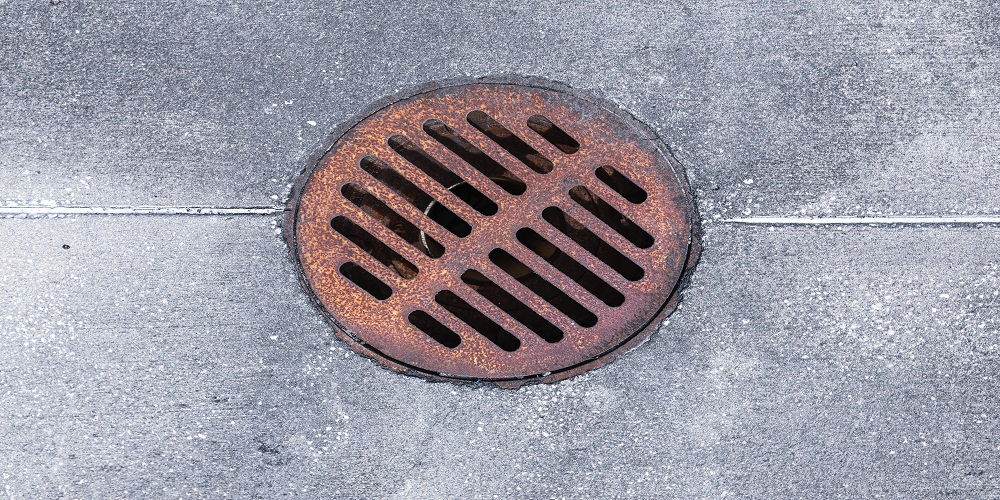Septic tanks are more than just underground storage units; they’re eco-friendly marvels that handle waste in a surprisingly elegant way. If you’ve ever been curious about how these systems work, you’ve landed on the right page. This guide will unpack the intricate details of the organic decomposition within septic tanks. If you ever face any challenges with your tank, know that septic tank repair experts are there to help.

1. Separating the Solids from Liquids
First things first: a septic tank’s main job is separation. Imagine pouring a cup of coffee with some undissolved sugar into a container. Over time, the sugar would settle to the bottom. Similarly, in a septic tank, the goal is to separate the solid bits from the wastewater. But there’s a catch: this process requires enough time, known as retention time, for a clear separation.
2. Bacteria breaks down the components
Inside the tank, anaerobic bacteria — the kind that doesn’t need oxygen — get to work. They’re like nature’s little helpers, breaking down the solid bits in the raw sewage. Thanks to these bacteria, much of the organic waste gets digested, making the septic system more efficient.
3. The Importance of Tank Size
The septic tank’s size is important. It can’t hold and break down all the waste if it’s too small. It should keep the debris for at least 48 hours to work best. This gives enough time for the solids to settle, the liquids to rise, and for our bacterial buddies to munch away at the organic waste.
4. Digestion and Settling
As digestion progresses, some solids don’t fully break down. What happens to them? They rise to the tank’s top, creating a “scum” layer, or settle at the bottom as “sludge.” This natural separation keeps the middle layer relatively clear, eventually flowing to the drain field.
5. The Need for Periodic Pumping
Just like cleaning out a closet, septic tanks need periodic decluttering too. Depending on your tank’s size and the amount of wastewater generated, the accumulated scum and sludge layers must be pumped out. Typically, this is required every 2 to 5 years. It ensures that the bacteria have enough space to continue their digestion effectively. These layers can grow too thick if left unchecked, disrupting the system’s efficiency.
6. Shock Treatment
Every so often, homeowners might consider giving their septic tanks a “boost” using shock treatment. This involves introducing biological additives to speed up organic waste breakdown. But here’s a word of caution: while some additives can be beneficial, others can harm your septic system. Always research or consult a professional before adding anything to your tank.
7. Golden Rules for a Healthy Septic System
Maintaining a healthy septic system boils down to a few critical practices:
- Regular inspections and timely pumping.
- Efficient water use to avoid overloading the system.
- Proper waste disposal — remember, your toilet isn’t a garbage bin.
Taking good care of the drain field, ensuring it’s free from deep-rooted plants and heavy vehicles.
Additionally, avoid flushing non-biodegradable items like baby wipes or hygiene products. And while garbage disposals are handy in the kitchen, they can introduce too much solid waste into your septic system. If you have one, use it sparingly and consider pumping your tank more frequently.
Conclusion
A septic system specialist is a marvel of natural waste treatment, blending engineering with biological processes. By understanding its workings and showing it a bit of care, you can ensure it serves your home efficiently for many years. And if ever in doubt or you spot a problem, remember that septic tank repair specialists are always ready to assist.